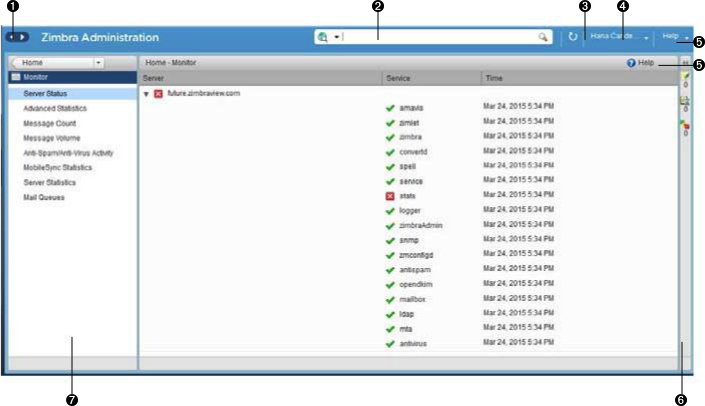Latest Lotus Organizer 61 Windows 7 Download 2016 And Reviews 2016
Feb 25, 2018 - Find great deals on eBay for lotus organizer and address. Vintage Lotus Organizer 1.1 Windows DOS. New LOTUS 1-2-3 SMARTSUITE 9.7.
9.8.2 / 2002; 17 years ago ( 2002),,,,,,, Lotus 1-2-3 is a discontinued program from (later part of ). It was the 's first, was hugely popular in the 1980s and contributed significantly to the success of the IBM PC. The first spreadsheet,, had helped launch the as one of the earliest personal computers in business use.
With IBM's entry into the market, VisiCalc was slow to respond, and when they did, they launched what was essentially a straight port of their existing system in spite of the greatly expanded hardware capabilities. Lotus' solution was marketed as a three-in-one integrated solution, which handled spreadsheet calculations, functionality, and graphical charts, hence the name '1-2-3', though how much database capability was debatable given Lotus' sparse memory. 1-2-3 quickly overtook VisiCalc, as well as and, two VisiCalc competitors. 1-2-3 was the spreadsheet standard throughout the 1980s and into the 1990s, part of an unofficial set of three stand-alone office automation products that included and, to build a complete business platform. With the acceptance of, the market for desktop software grew even more. None of the major spreadsheet developers had seriously considered the to supplement their offerings, and so they responded slowly to 's own graphical-based products,. Lotus was surpassed by Microsoft in the early 1990s and never recovered.
Purchased Lotus in 1995 and continued to sell Lotus offerings, only officially ending sales in 2013. Toast titanium 12 keygen mac torrent. Contents • • • • • • • • • • • • • • • • • • • History [ ] VisiCalc [ ] was launched in 1979 on the and immediately became a best-seller. Compared to earlier programs, VisiCalc allowed one to easily construct free-form calculation systems for practically any purpose, the limitations being primarily memory and speed related. The application was so compelling that there were numerous stories of people buying Apple II machines to run the program. VisiCalc's runaway success on the Apple led to direct ports to other platforms, including the, and many others.
This included the when it launched in 1981, where it quickly became another best-seller, with an estimated 300,000 sales in the first six months on the market. [ ] There were well known problems with VisiCalc, and several competitors appeared to address some of these issues. One early example was 1980's, which solved the problem of, while a slightly later example was from 1981, which offered larger sheets and other improvements. In spite of these, and others, VisiCalc continued to outsell them all. [ ] Beginnings [ ]. Lotus 1-2-3 Release 3.0 for MS-DOS The Lotus Development Corporation was founded by, a friend of the developers of. 1-2-3 was originally written by, who had written two spreadsheet programs previously while working at Concentric Data Systems, Inc.
Blacklist season 4 episode 13. To aid its growth, in the UK, and possibly elsewhere, Lotus 1-2-3 was the very first computer software to use television consumer advertising. Lotus 1-2-3 was released on 26 January 1983, and immediately overtook Visicalc in sales.
Unlike Microsoft, it stayed very close to the model of VisiCalc, including the 'A1' letter and number cell notation, and slash-menu structure. It was cleanly programmed and relatively bug-free, gained speed from being written completely in (this remained the case for all DOS versions until 3.0, when Lotus switched to ) and wrote directly to video memory rather than use the slow DOS and/or BIOS text output functions.

[ ] Among other novelties that Lotus introduced was a graph maker that could display several forms of graphs (including pie charts, bar graphics, or line charts) but required the user to have a graphics card. At this early stage, the only video boards available for the PC were IBM's and while the latter did not support any graphics. However, because the two video boards used different RAM and port addresses, both could be installed in the same machine and so Lotus took advantage of this by supporting a 'split' screen mode whereby the user could display the worksheet portion of 1-2-3 on the sharper monochrome video and the graphics on the CGA display. The initial release of 1-2-3 supported only three video setups,, (in which case the graph maker was not available) or dual monitor mode. However, a few months later support was added for Hercules Computer Technology's which was a clone of the MDA that allowed bitmap mode. The ability to have high-resolution text and graphics capabilities (at the expense of color) proved extremely popular and Lotus 1-2-3 is credited with popularizing the Hercules graphics card. Subsequent releases of Lotus 1-2-3 supported more video standards as time went on, including EGA, AT&T/Olivetti, and VGA.